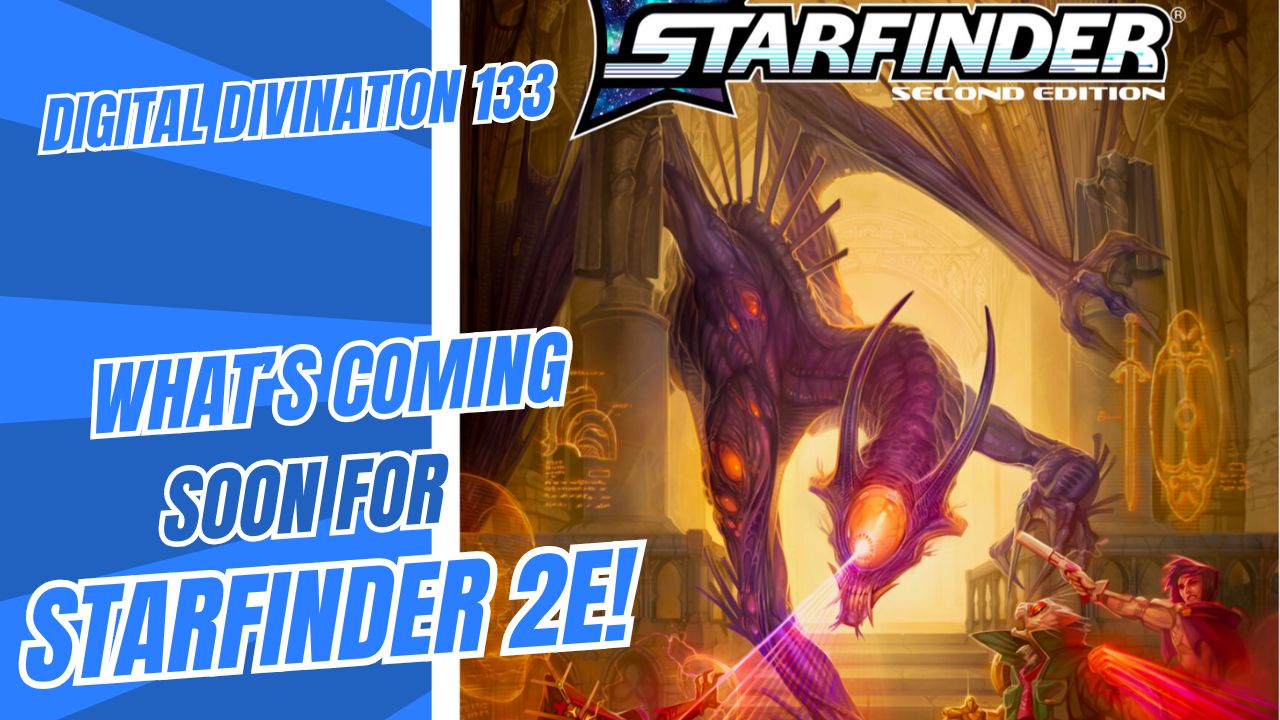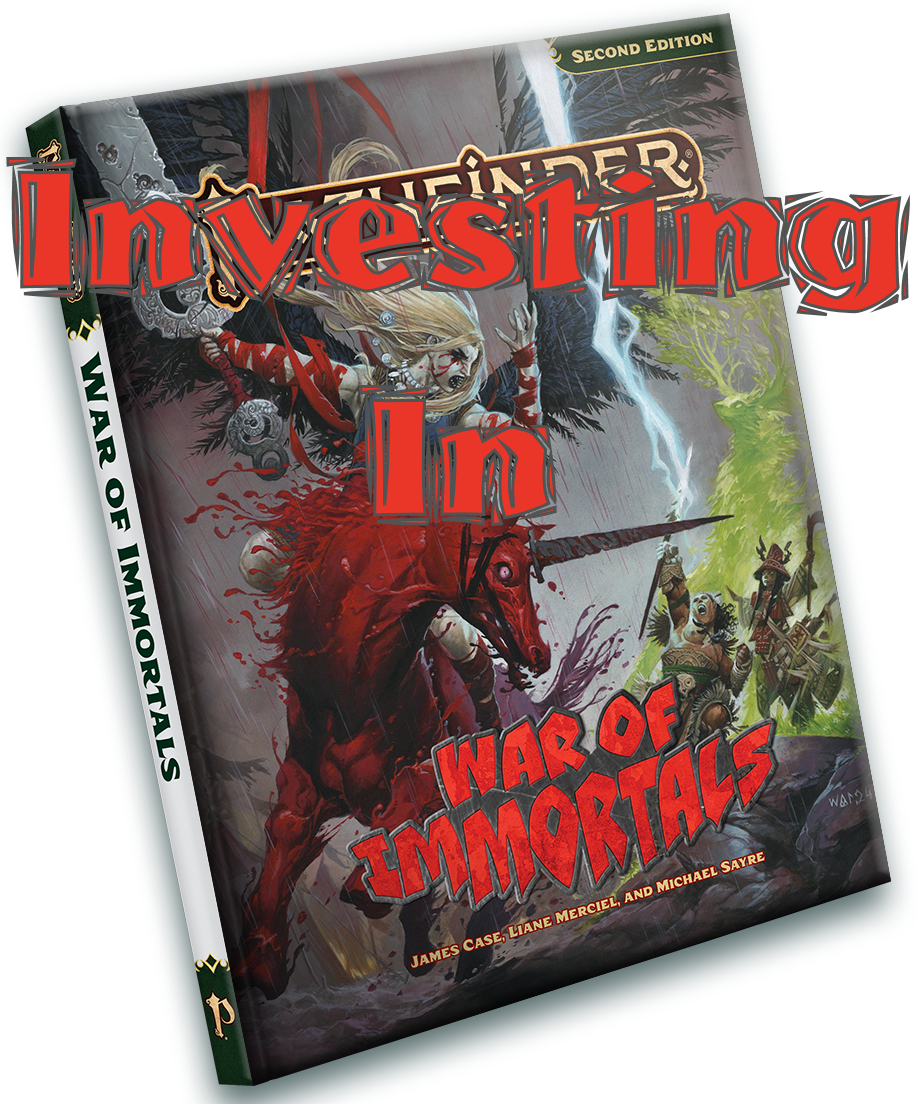Monster Manual IV
Publisher: Wizards of the Coast
Monster Manual III came out in August of 2004. For two years, it held on as the most current monster resource for Dungeon Masters, with Wizards of the Coast’s focus apparently shifted to specialty books that expand on specific monster types, like Libris Mortis. When Monster Manual IV was finally released in July of 2006, there was no denying a new Monster Manual was due. But this Monster Manual was different. The state block layout had evolved. Each monster entry was a two-page spread with new standard subsections. There were pregenerated 0 HD monster characters. With so many changes, was this what 3.5 gamers wanted from Monster Manual IV?
Expectations
I always like a new resource for threats and ideas, so any Monster Manual is an easy sell with me. However, Monster Manual IV marked WotC’s biggest commitment to the new format of stat block heretofore used mostly for NPCs in Dragon Magazine. At the time I was not such a fan of the format. I entered in Monster Manual IV cautiously.
At a Glance
Henry Higginbotham’s cover tells a story. It is textured in the style of the previous Monster Manuals, one of the few sourcebooks since the core rulebooks to preserve the facade of an actual magical tome. This particular tome cannot contain the magic within. Lightning streaks its surface and an evil blue dragon peers out of a hole he has ripped, looking out at the opportunities his escape has allowed. The burgundy and grey of the cover contrast nicely with the blue dragon’s scales. There is no questioning the focal point here. It is certainly one of the most memorable 3.x covers because of its style and playfulness.
The interior art is WotC’s standard fair, which is to say high quality and plentiful. There aren’t as many exceptional pieces here, neither of questionable quality or pure brilliance. There are several nice maps which were an unexpected inclusion that added variety to Monster Manual IV’s visuals. The only piece I will single out is James Zhang’s necrosis carnex. A bipedal undead construct composed of limbs stitched to a torso, this piece unnerves in ways that more violent and scandalous art elsewhere fails to. I have a high tolerance for the bizarre but this piece gives me the heavy jeevies.
Highlights
Packed with Information
It is startling how little of each monster’s entry the stat blocks consume. Very few take up more than one of the four columns in the two-page entries. The following subheaders make up the rest, as appropriate: Strategies and Tactics; Sample Encounter; Knowledge chart; Ecology (including physical description); Society; Typical Treasure; For Player Characters; In Eberron; and In Faerûn. Each section is only a paragraph or two long, so if you don’t care about the society of a monster, or where to find that monster in Eberron, you aren’t cheated out of significant space.
The most useful sections are the Knowledge charts and For Player Characters. The knowledge charts break down what skill is required to puzzle out the obscure monsters before the players with more information given the higher the result. Pretty standard for Ecology Of articles in Dragon Magazine and very much appreciated here. Occasionally different knowledge skills will decipher different information, such as the joystealer, an incorporeal fey creature. Knowledge (nature) reveals its fey aspects, knowledge (the planes) reveals its incorporeal aspects.
The For Player Characters subheading lists which conjuration spells can summon the creatures, information on how the new animals can be taken as familiars and companions, and how to build the undead and constructs. Maybe the sailsnake is exactly the animal companion to complete a PC’s flying snake themed druid. This section is also useful to DMs for seeding storylines. Knowing just how many fangs and claws are needed to create a fang golem inspires scenes of the PCs constantly crossing animals with severed paws and bloody gums throughout a dungeon.
To top it off, the table of contents indexes which monsters have For Player Characters sections, which creatures qualify as mounts and animal companions, which can be summoned, and where to find new weapons and special spell components like the skiurids –shadow plane squirrels- who collect nuggets of negative energy which can be used to increase the effective caster level of necromancy spells.
Advanced Sample Monsters
Drow, githyanki, gnolls, lizardfolk, ogre, orc, and yuan-ti are all popular villains of previous monster books given a shot of adrenaline by Monster Manual IV. Using the same stats, Complete series classes, and some creative building, we get new samples of these monsters that can be used as a party or individually. Taking the drow as an example, Lloth’s sting is a 4th level drow ninja, dark sniper is a 6th level drow scout, arcane guard is a drow fighter 2/wizards 5, and drow priestess is a drow cleric 8. These are all more appropriate and have better character than the drow warrior 1from the original Monster Manual.
Lairs and Adventure Sites
Creatures go hand-in-hand with lairs, right? Monster Manual IV contains multiple maps for use in your game. Some are tied to specific monsters, although the serial number is easily filed off. Some are deliberately generic and iconic. The locations are briefly summarized, serving as a jumping on point rather than a canned encounter. There is one fully detailed adventure site, the Deephollows, which serves as a great model for anyone who has never used or designed a location before.
Low Points
Lack of Variety
There are fewer monsters in Monster Manual IV than previous Monster Manuals because of the new format. It does not feel that way necessarily, but the lack of variety does show through. The most obvious is the CR range. The majority of the monsters fall in the CR 5-7 range, with more of CR 1-4 covered than CR 8+. There are no CR 13-14 creatures at all. By Monster Manual IV, low CR monsters were plentiful. Depending on who you ask, the mythic 3.5 is between levels 5- 15. Only having the low end of that covered does not even cater to the majority of players. It is true that low CR monsters can be advanced more easily than high CR monsters can be reduced, but that sort of extra prep and complications is what makes high level less desirable.
Another trend is the number of creatures with the ability to explode post-mortem or at will. I like a good revenge power, it keeps players on their toes, but I don’t want the game to turn into hit and running because killing monsters in melee is too risky.
Sample Encounters
Of all the subheadings that make up the monster entries beyond the stat block, the most consistently underwhelming is Sample Encounters. What I want out of a sample encounter is an unusual motivation, a unique environment, and a self-contained story. The sample encounters presented for the most part offer generic backstories without substantial hooks for how the backstory plays into the encounter. Most entries have two encounters, one of which summed up as “you fight one of these creatures” and the other would be “you fight two of these monsters”
There are exceptions. Good creatures and fey creatures have sample encounters that justify even good and nature-loving groups confronting them. 0 HD creatures have a variety of combinations of the sample creatures and associated monsters. Otherwise, even with just a few paragraphs, these sections could have done more.
Dragonspawn
After Draconomicon and Races of the Dragon, and with Dragon Magic on the horizon, there was no lack of dragon-related content by July 2006. There are no new dragons in Monster Manual IV. There were, however, Spawns of Tiamat. And Spawns of Tiamat are awful. More than 40 pages are dedicated to what amounts to the half-dragon template added to monstrous humanoids and animals. The blackspawn stalker is a giant spider/black dragon. It does what you would expect it to do. So do all the others. There is nothing imaginative about even one Spawns of Tiamat, and if anything ever watered dragons down as the majestic eternal kings of the fantasy world, this is it.
Overall
Monster Manual IV is a solid monster book and more. Unlike base classes, which by 2006 were overloaded with useless information, the two page format outlines each monster mechanically and somewhat justifies how such a beast could exist, then throws a few bones to PCs and DMs trying to run them. I am surprised to say this might be my favourite monster book for 3.5 D&D.
Date Released: July 2011
Date Reviewed: July 2006




Leave a Reply